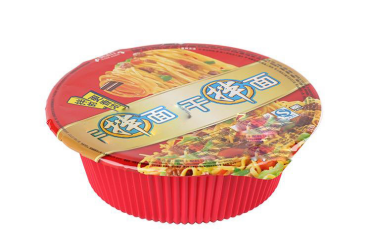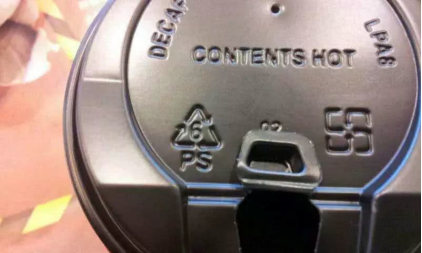Encyclopedia of Digital Marks on the Bottom of Plastic Bottles:
The plastic product recycling label is formulated by the relevant organizations of the plastics industry in the United States. This set of logos stamps plastic material identification codes on containers or packaging, from No. 1 to No. 7, so that people can easily join the ranks of recycling without having to bother to learn the similarities and differences of various plastic materials. Every plastic container has a small ID-a triangular symbol, usually at the bottom of the plastic container. There are numbers from 1 to 7 in the triangle. Each number represents a kind of plastic container. They are made of different materials, and there are also different contraindications.


“No. 1”: PET (polyethylene terephthalate)
Mineral water bottles and carbonated beverage bottles are made of this material, and the temperature range is: 65 degrees to minus 20 degrees. It will deform when the temperature reaches 70 degrees. If used repeatedly, it will produce carcinogens! It can be filled with room temperature water for a short time. It is not suitable for acid-alkaline beverages and exposure to the sun. It is basically a one-time use, and this material is recyclable.


“No. 2”: HDPE (High Density Polyethylene)
This material is commonly used in medicine bottles, cleaning supplies, and bath products. Because it is not easy to clean thoroughly, it is not suitable for water cups, etc. For example, the bottom of the bottle of detergent, shower gel, shampoo, etc. will be number 2. This material is resistant to high temperatures The characteristic is very strong, can heat up to 110℃, and this material is also recyclable.

“No. 3”: PVC (Polyvinyl Chloride)
We can often see this material in the building materials market. Plastic products of this material are prone to produce two toxic and harmful substances, which are commonly found in raincoats, films, and other decoration materials. At present, containers are less used for packaging food. If you use it, don’t let it get hot.

“No. 4”: LDPE (low density polyethylene)
When we often buy some fresh-keeping food, you often find that it is wrapped with a layer of cling film or plastic film. This kind of cling film or plastic film is a low-density polyethylene material, which is not strong in heat resistance. A qualified PE cling film will melt when the temperature exceeds 110°C, leaving some plastic preparations that cannot be decomposed by the human body. Therefore, it is best to remove the plastic wrap when heating food.

“No. 5”: PP (polypropylene)
Common soy milk bottles, yogurt bottles, juice drink bottles, and microwave oven-dedicated lunch boxes. The high temperature resistance of this material is very strong. The hot melt phenomenon occurs when the temperature exceeds 130℃. It is the only plastic box that can be put into the microwave oven. It should be noted that some microwave lunch boxes are made of No. 5 PP, but the lid is made of No. 1 PE. Because PE cannot be used It is subject to high temperature, so it cannot be put into the microwave oven together with the box. It can be reused after careful cleaning.



“No. 6”: PS (Polystyrene)
The instant noodle boxes and fast food boxes we use are made of polystyrene. They cannot be heated in a microwave oven, nor can they be used to contain strong acids (such as orange juice) and strong alkaline substances. Otherwise, harmful chemicals will be decomposed.

“No. 7”: PC and other categories
PC is a material that is used in large quantities. It is mostly used to make milk bottles, space cups, etc. It is the safest plastic and can be used repeatedly and multiple times. However, it has been controversial because it contains bisphenol A, which is harmful to health.
Remind:
Plastic products are not suitable for multiple drinks
Insiders reminded that for plastic products, it is best to use it only once. Although these items can be recycled, they are not re-used for beverages, but to make lower-level items that do not come into direct contact with the human body. In addition to cup lids, some plastic beverage bottles on the market, if used repeatedly for a long time, will age, deform, and easily breed bacteria, which is not good for health.
The editor thinks that whether you drink water or eat, it is recommended to choose glass or ceramic products.

No comment yet, add your voice below!